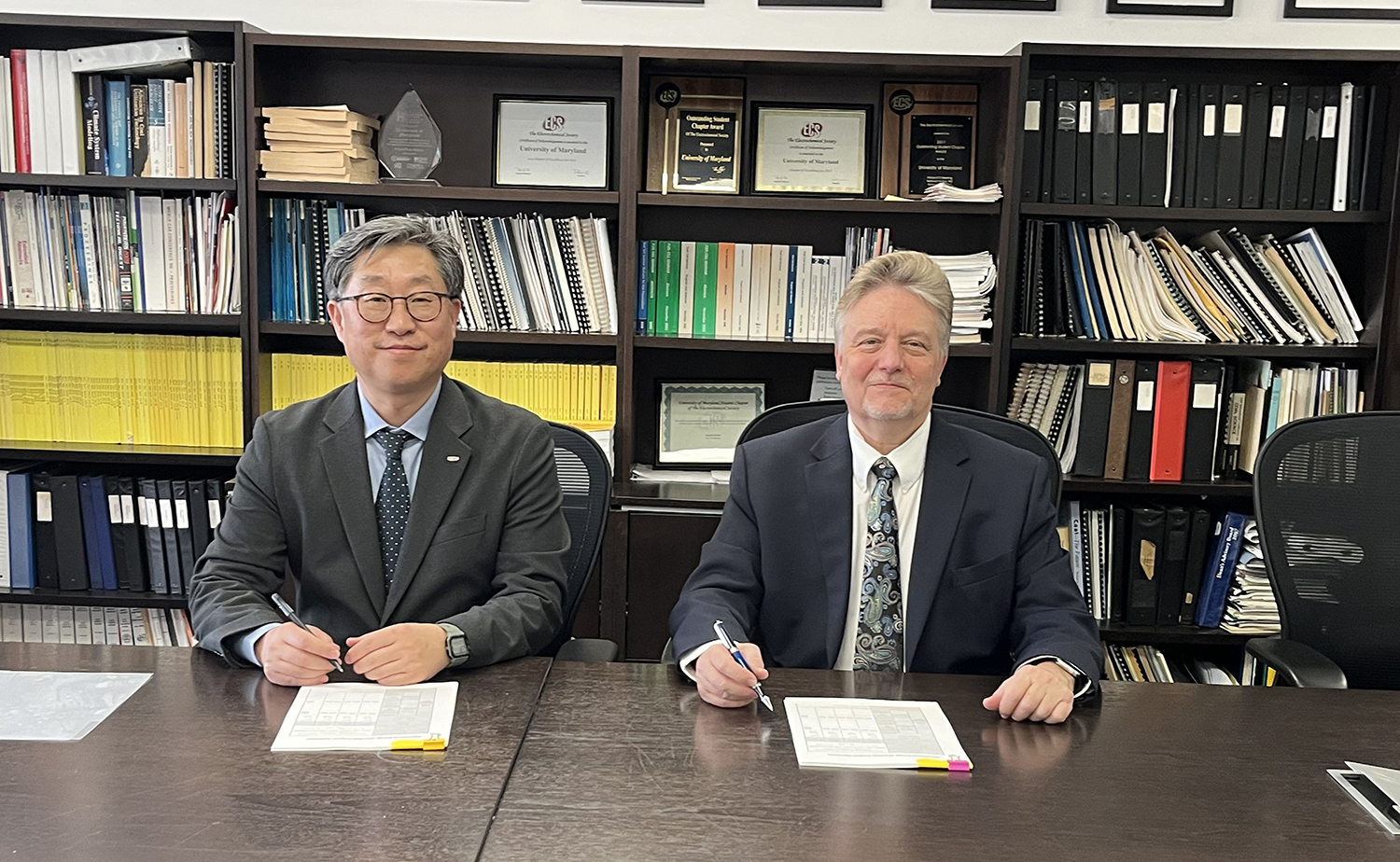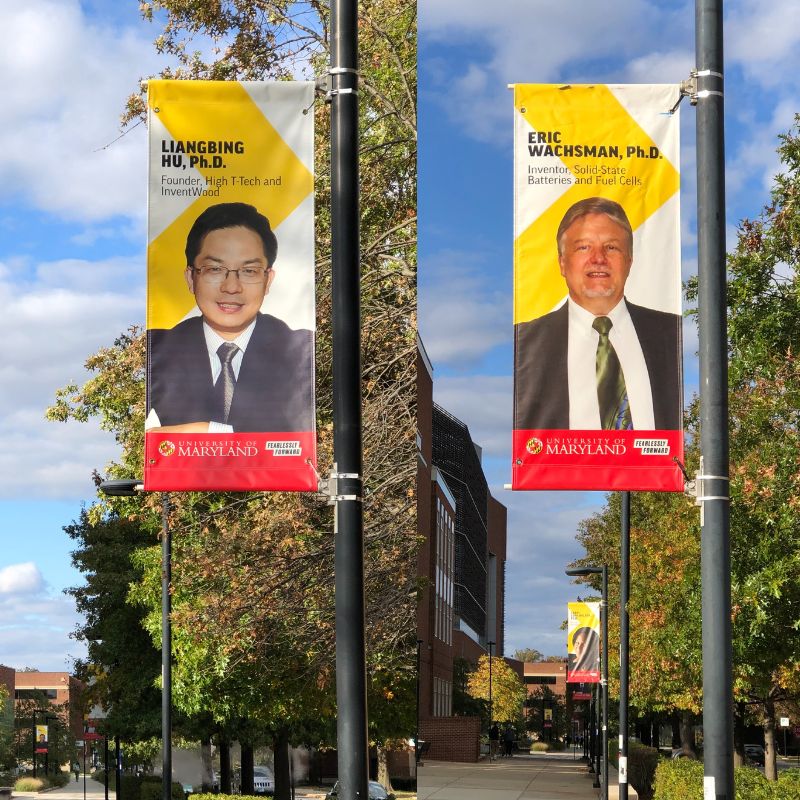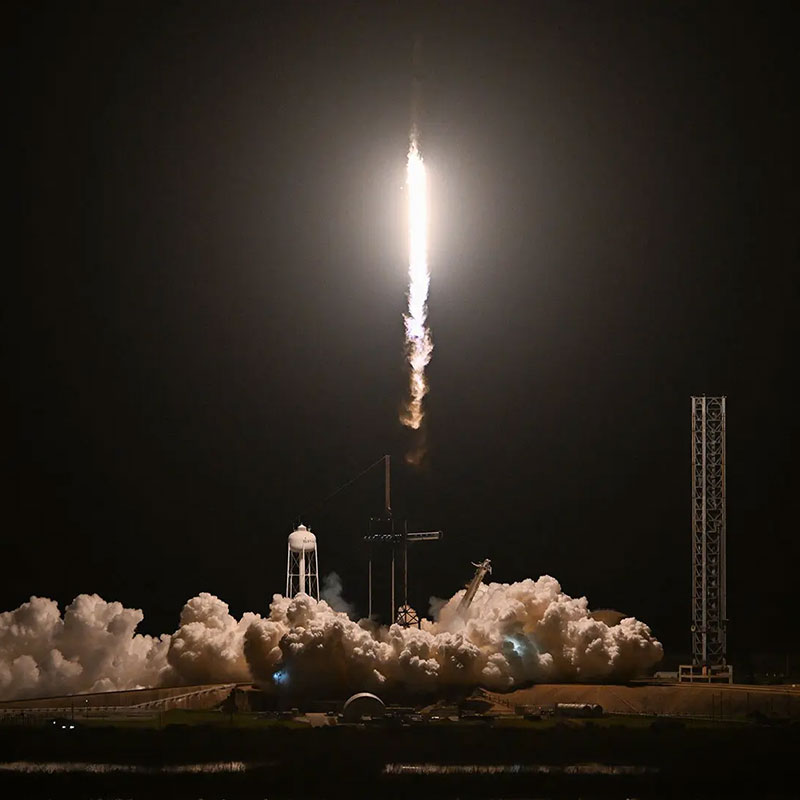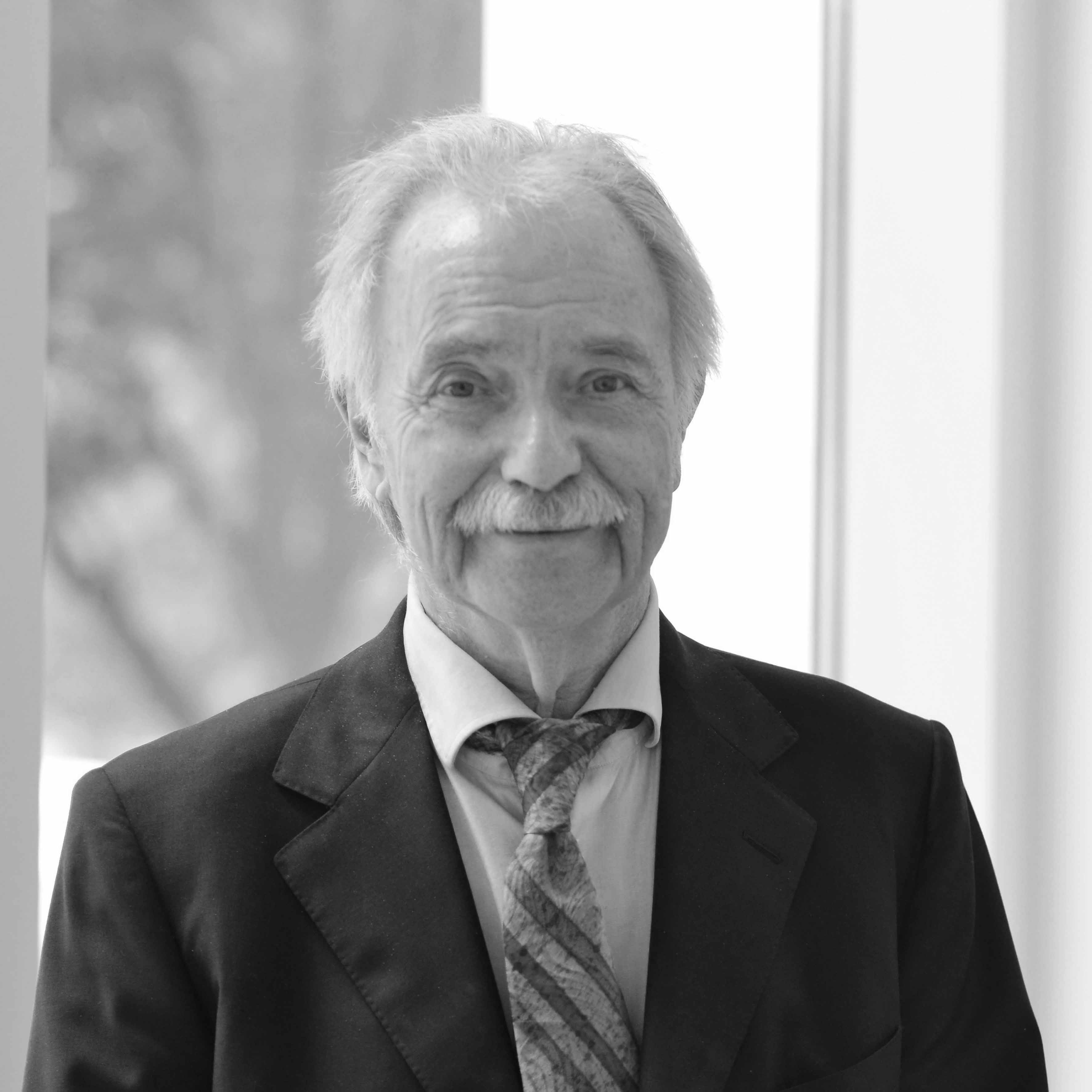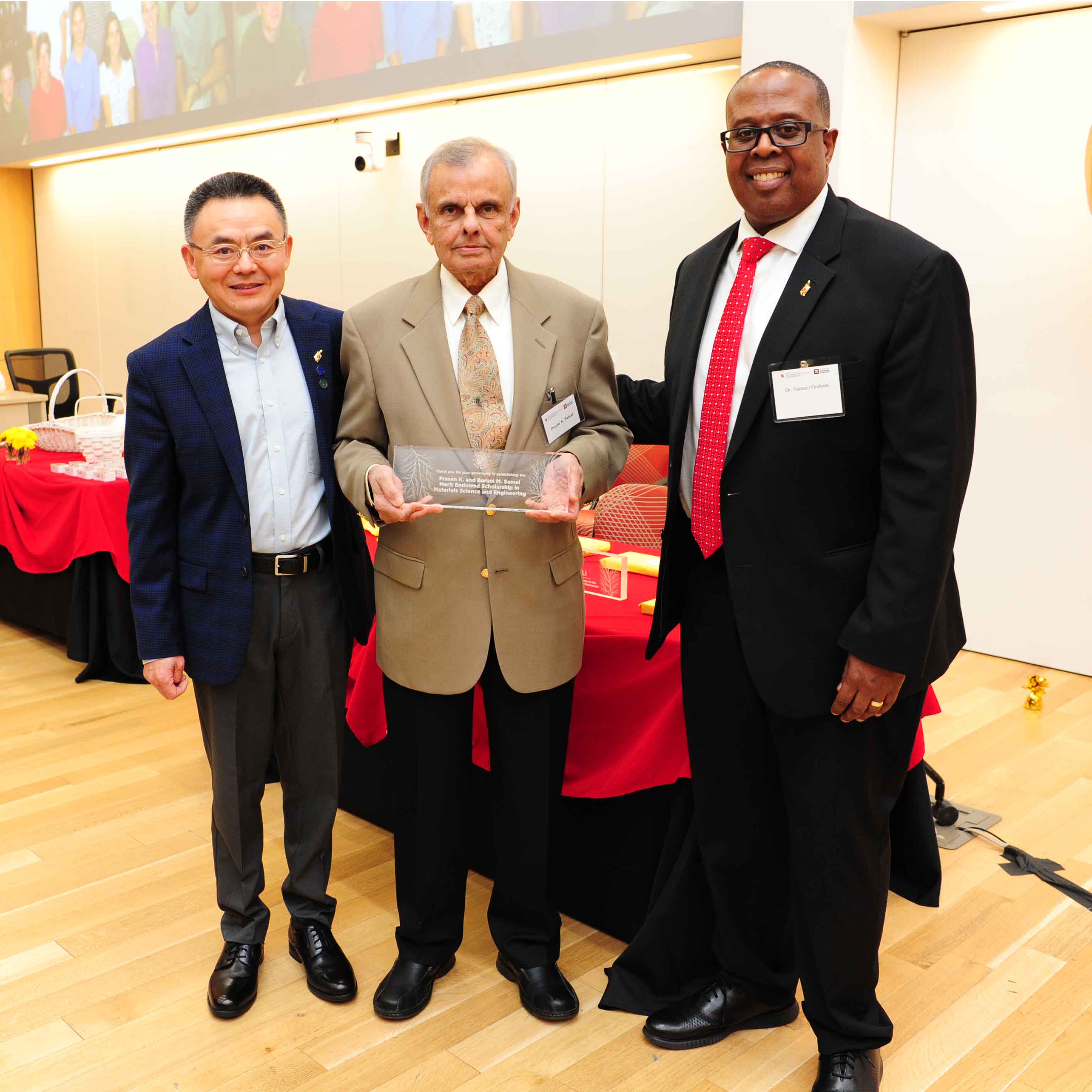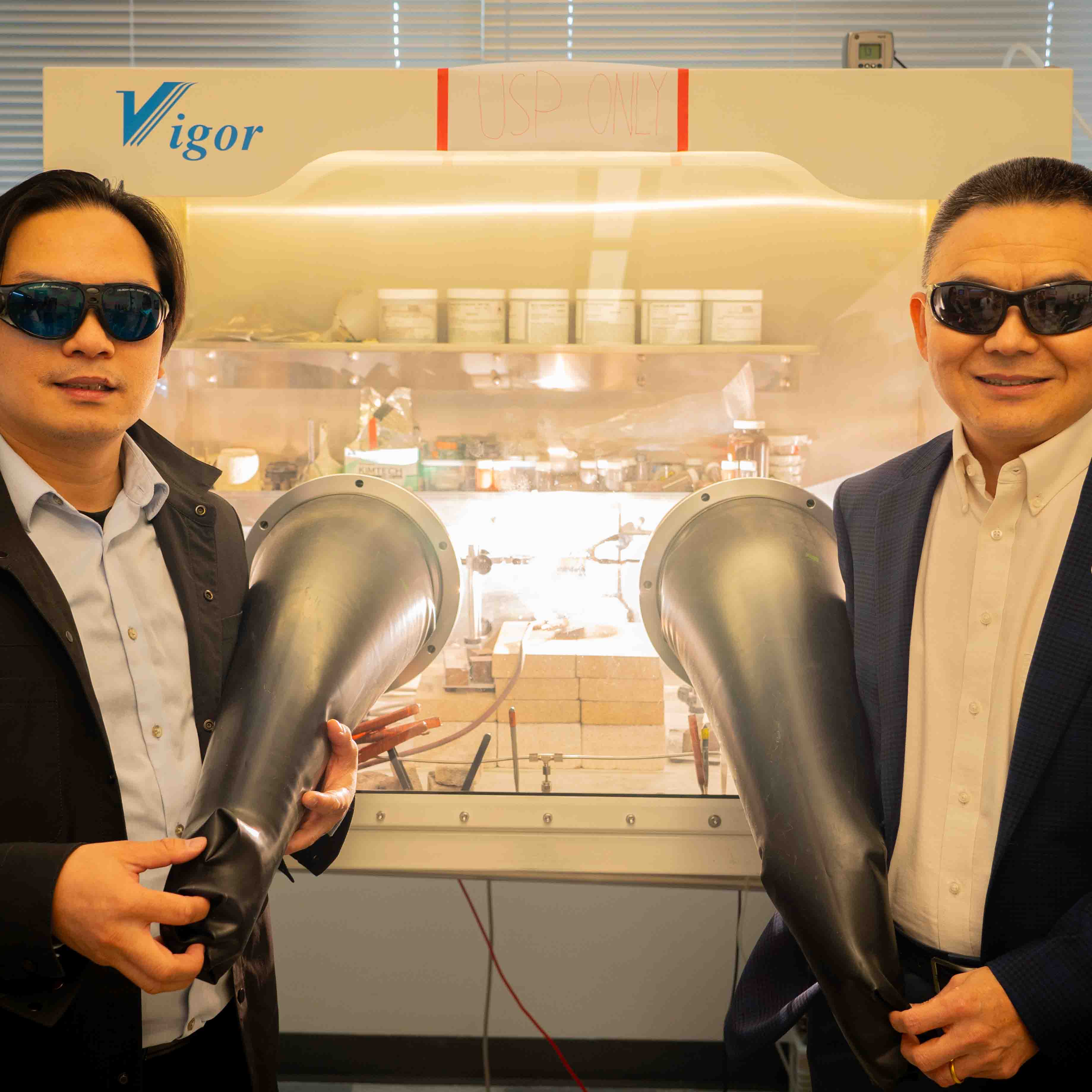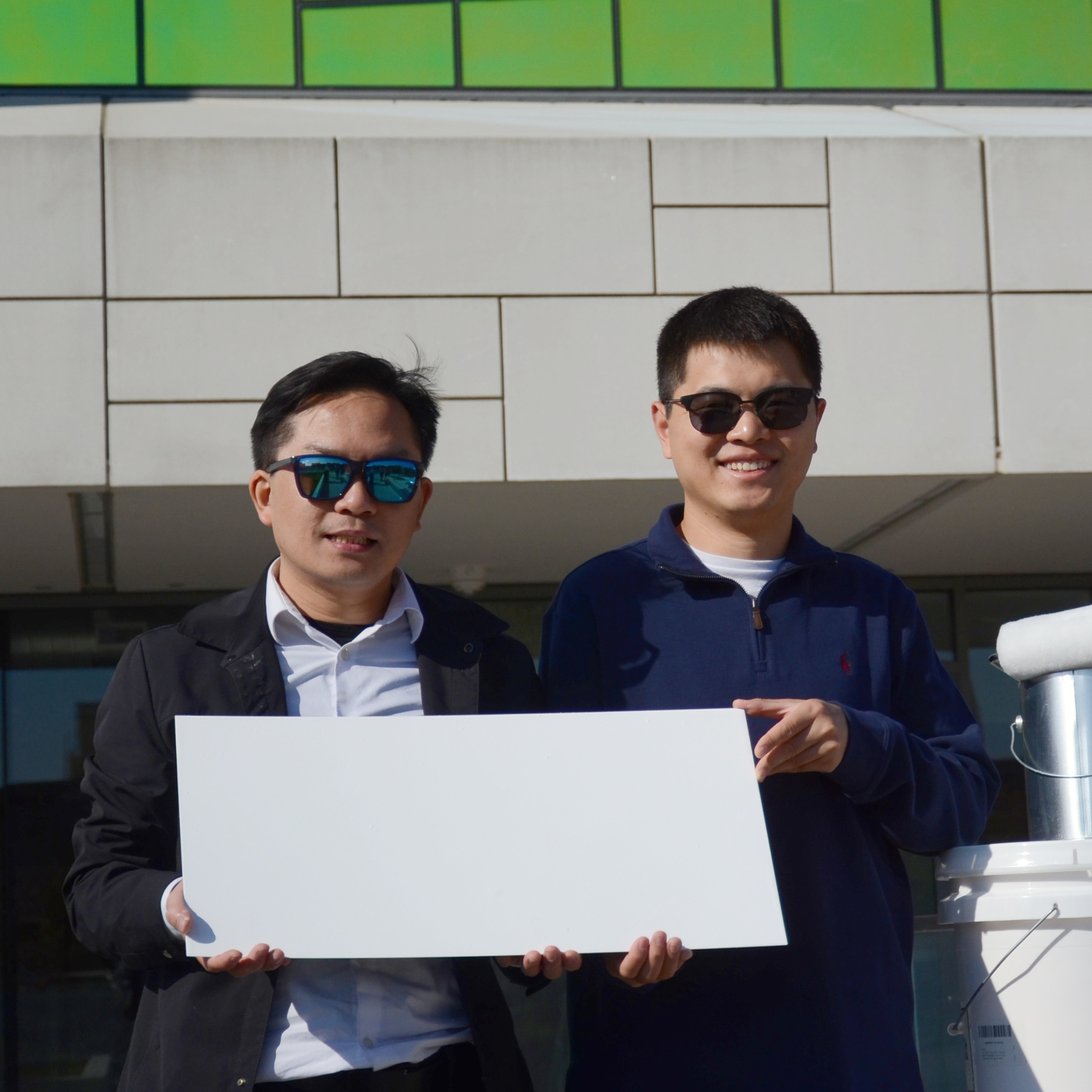News Story
“Milestone for Atomic Layer Etching” Highlighted by AVS
It’s not uncommon to hear Department of Materials Science and Engineering (MSE) professors and students discussing their work using atomic layer deposition (ALD), a technique in which a product is built or a coating is applied in layers that may be only atoms thick. ALD’s conceptual counterpart is atomic layer etching (ALE), which is used to remove particles from a surface at a similar scale. ALE, however, is considerably less precise and not as efficient.
“ALE is an ideal dry etching technique since it enables atomic-level precision in etching different materials,” says Professor Gottlieb Oehrlein (joint, MSE and Institute for Research in Electronics and Applied Physics) “This ability is increasingly required as smaller and smaller devices need to be fabricated.” Unfortunately, he explains, it has not worked very well in industrial practice.
That could soon change. Oehrlein’s group and a team of IBM researchers have devised a process in which precisely applied reactants and bursts of argon ions are used to etch silicon oxide film, with results accurate down to as little as one angstrom (one ten-billionth of a meter). Unlike current techniques, the reaction is self-limiting, meaning once the reactant is used up, the process stops without the need for external intervention. This also helps improve the quality of the final product.
The recently-published research, described as a “milestone” by AVS (American Vacuum Society), was highlighted in an article by Jennifer Lee titled “Close Shave: A Milestone for Atomic Layer Etching (ALE),” in the January 2014 issue of Beneath the AVS Surface, the society’s newsletter.
To learn how Oehrlein and his team achieved their results, see:
“Close Shave: A Milestone for Atomic Layer Etching (ALE).” (PDF)
"Fluorocarbon assisted atomic layer etching of SiO2 using cyclic Ar/C4F8 plasma," J. Vac. Sci. Technol. A 32, 020603 (2014). Abstract
Oehrlein’s co-authors and collaborators on the ALE project include MSE graduate student Dominik Metzler and IBM T.J. Watson Research Center scientists Robert L. “Bobby” Bruce (Ph.D. ’10), Sebastian Engelmann (Ph.D. ’08), and Eric A. Joseph. Alumni Bruce and Engelmann were members of Oehrlein’s Laboratory for Plasma Processing of Materials during their graduate studies at the University of Maryland.
Published February 6, 2014


